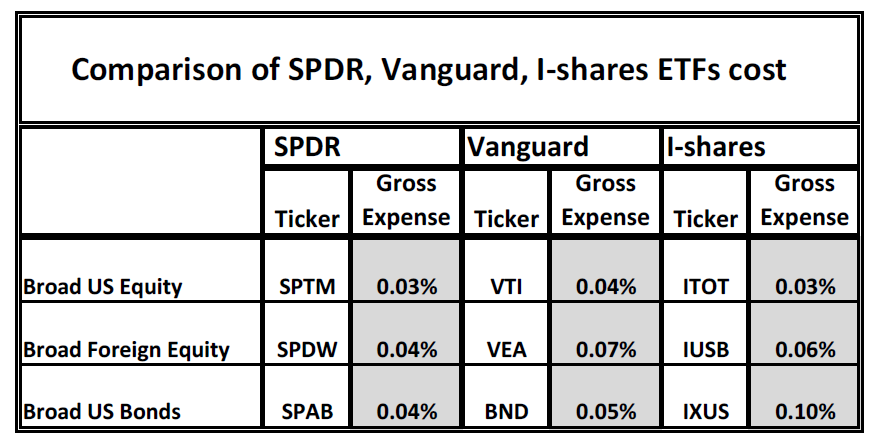Rising Jet Fuel Costs Push Airfares Higher: Travel & Airlines
The recent rise in fuel prices along with the increased cyclical demand for fuel during the summer months has elevated airfare prices higher. Fuel is the single largest expense for most airlines, surpassing labor costs.
Jet fuel prices have surged over 50% in the past year, causing airlines to pass along the rising costs in the form of higher fares. Four years ago as fuel prices fell, airlines passed along the cost savings in the form of lower fares, thus creating a competitive and dynamic environment for the airline industry.
Some airlines have been clever and have utilized fuel options as a hedge to counter rising fuel costs. Fuel hedging strategies have become more sophisticated and common practice over the past few years.
Jet engine manufacturers have also taken into account the volatility of jet fuel prices and have engineered newly designed engines that provide greater flying time but with less fuel consumption.
Sources: https://www.eia.gov/dnav
How to use your 401k for Back Door Roth Contributions: Retirement Income
Roth IRAs continue to grow in popularity. Tax-free withdrawals in retirement, no minimum required distributions, and the ability for heirs to “Stretch” distributions over their lifetimes tax-free is too much to pass up for many investors. Roth IRAs offer tax diversification in retirement by hedging the risk of higher tax rates in the future.
While all taxpayers can convert traditional IRA assets to a Roth, rules based on income still apply to Roth IRA contributions. A full contribution is allowed only if adjusted gross income is less than $120,000 for individuals or $189,000 for married couples filing jointly. For those who can contribute annually, the amount is fairly modest – $5,500, or $6,500 for those age 50 and older.
Here is how one may use their 401k for “Back Door” Roth contributions.
Let’s assume you are contributing the maximum amount of $18,500 to your 401k plan and your employer is matching $5,000 for a total contribution of $23,500. The rules allow for an overall contribution, known as the 415 limit, of $55,000. But you need to check with your employer to find out if the plan tier allows for after tax contributions. If after tax contributions are allowed, you can contribute an additional $31,500 each year (to arrive at the overall limit of $55,000). And the cumulative amount of after tax contributions can be converted to a Roth IRA when you leave the company or retire.

